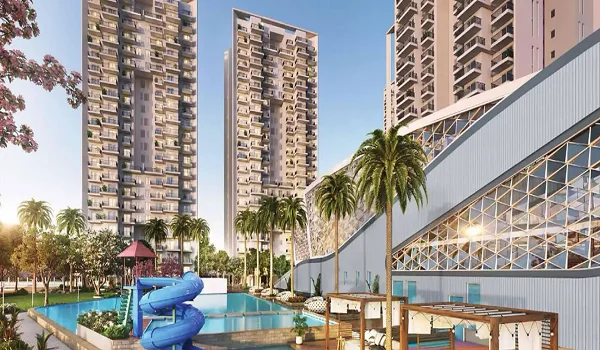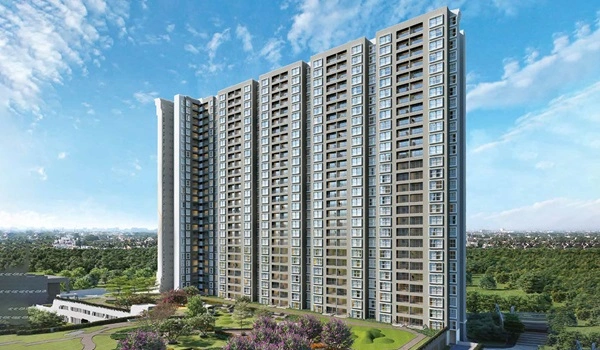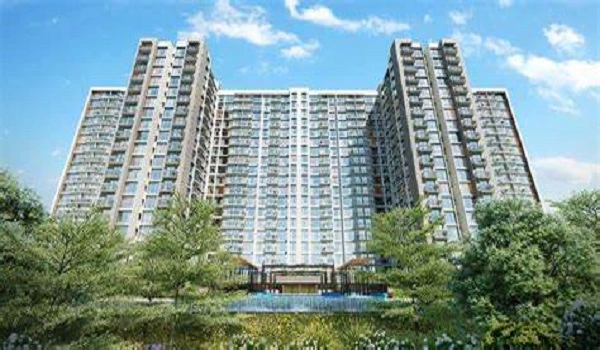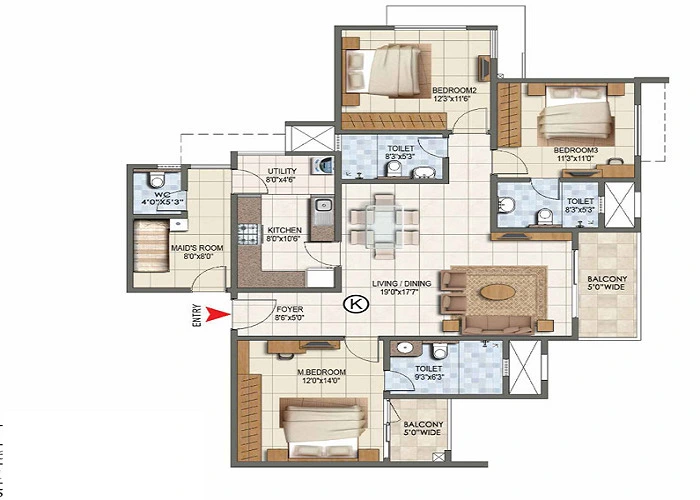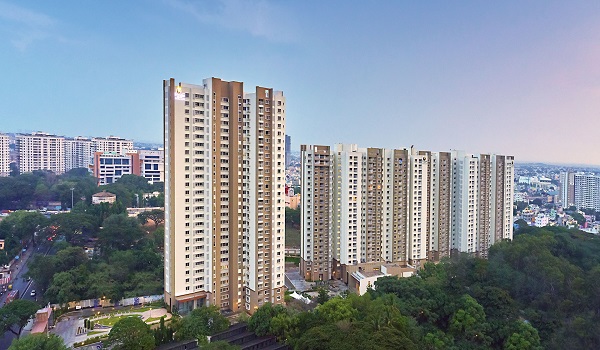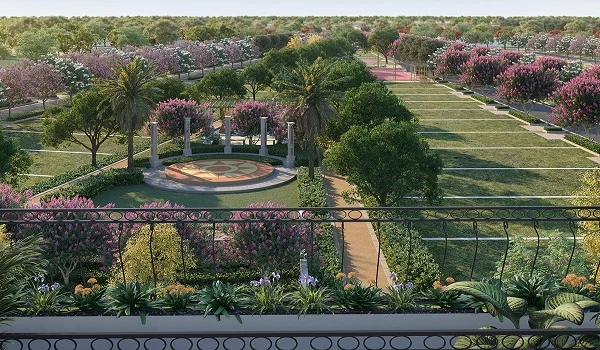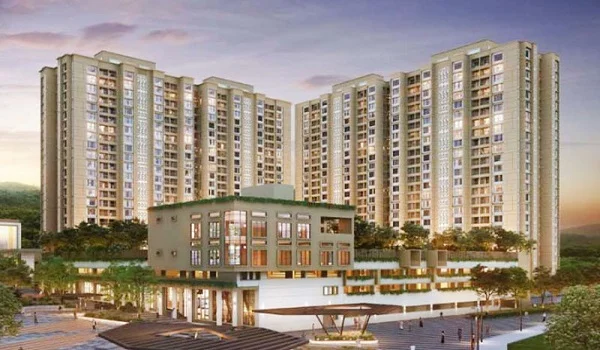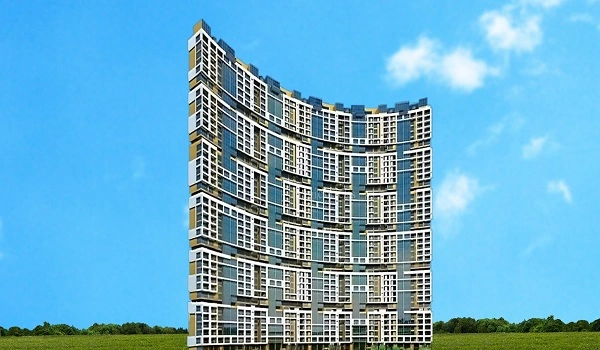Real Estate Driving North Bangalore's Retail and Hospitality Growth: A Practical Guide
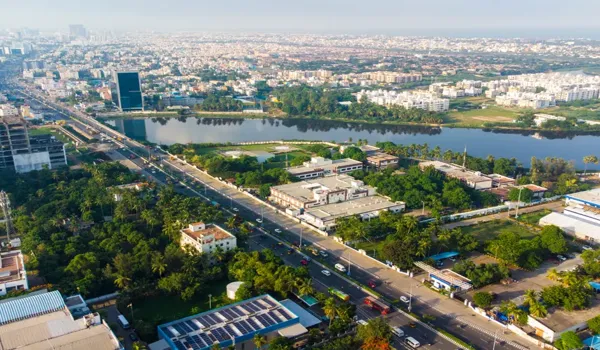
Real estate is the main engine powering North Bangalore's rise in retail and hospitality, creating steady customer bases and shaping where shops, hotels, and dining clusters open. As new homes and townships come up, they pull in brands, build footfall, and lift the quality of service options across the airport corridor.
When a micro market adds thousands of homes, everyday needs arrive first. Grocers, pharmacies, clinics, and cafés follow residents. As the catchment matures, high-street retail, multiplexes, and star hotels step in. This is the loop now visible from Hebbal to Devanahalli, with Shettigere emerging as a strong node.
A large township also works as a built-in demand driver. It concentrates families, weekend traffic, and event guests in one place. That is why integrated campuses often get the first wave of organized retail and food brands.
Growth here sits on top of hard infrastructure. Three networks matter most.
- Namma Metro Phase 2B, the airport line. This corridor links North Bangalore to the city's core and tech belts. For retailers and hotels, metro access means higher walk-ins, better staff mobility, and more reliable event traffic.
- Peripheral Ring Road and STRR. These new ring roads stitch together the northern suburbs and satellite towns. Better road circulation pulls warehousing, logistics, and business parks to the outskirts, which in turn bring weekday and weekend customers for malls, cafés, and stays.
- Airport expansion and the Airport City idea. As Kempegowda International Airport grows, so do convention spaces, hotels, and business districts around it. This spillover benefits nearby micro markets that can supply housing, dining, and entertainment.
North Bangalore's recent wave is not just standalone towers. It is planned, mixed-use neighbourhoods.
- Brigade Orchards, Bhartiya City and other integrated campuses blend homes with retail streets, schools, and offices. The captive audience keeps weekday footfall stable and weekends lively.
- In Shettigere, township-scale projects help lay out roads, utilities, and amenity spines from day one. A good reference point is Godrej MSR City, a 62-acre high-rise township close to the Airport Trumpet Road. With planned 2 and 3 BHK homes and about 20 acres of green areas, its scale supports everyday retail, wellness, and future F&B clusters within a short drive, while staying well connected to SH 104, NH 7, and the Doddajala metro station.
- Premium and experiential formats. As household incomes rise, demand shifts from basic shopping to experience-led retail. Expect more multiplexes, curated food streets, fitness chains, and specialty stores near major junctions on Bellary Road and around Yelahanka and Devanahalli.
- High streets plus malls. Not every catchment needs a mega mall. Many developers are building open-air high streets with anchor supermarkets, clinics, pet care, and cafés. These smaller footprints suit dense housing clusters and keep rentals sustainable for brands.
- E-commerce and last-mile hubs. With strong road links and airport access, North Bangalore is a natural base for storage and delivery. Micro fulfilment centers shorten delivery times and also support click-and-collect counters inside neighbourhood retail.
- Business and luxury hotels. Proximity to the airport, KIADB industrial zones, and tech parks drives steady weekday room demand. Hotels cluster along the approach roads and key interchanges to capture flight crews, corporate teams, and convention traffic.
- Serviced apartments and short stays. Project consultants, pilots, remote teams, and medical visitors often pick serviced apartments. These units thrive near townships and high streets where food, laundry, and transport are within walking distance.
- Leisure and F&B. Weekends see short drives toward Nandi Hills and lake belts. Resorts, brewpubs, and destination dining are filling that demand, helped by cleaner highway links and rising residential density.
Shettigere sits where city and airport traffic meet, with quick access to NH 44, SH 104, and the Blue Line's northern stations. Land parcels are still large enough for master planning, which helps developers build proper internal roads, utility corridors, and retail pockets. As communities like Godrej MSR City scale up, they create reliable footfall for neighbourhood markets, clinics, gyms, and casual dining. The effect compounds as nearby projects hand over.
Yields and appreciation vary by micro market, but a simple rule holds: where strong housing demand meets improving transit and organized retail, values tend to hold better through cycles.
- Residential investors often see steadier rents in catchments that offer daily conveniences within a 10 to 15 minute radius.
- Retail investors look for anchored high streets near dense housing, with practical parking and clear ingress and egress.
- Hospitality investors track weekday occupancy from corporate demand and weekend drive-in leisure.
Typical residential rental yields in strong Bangalore suburbs sit in the low single digits, while well-placed commercial units can do better. Micro market and tenant profile matter, so compare like for like before you commit.
Use this quick field checklist when you scout a site.
- Transit timeline. How soon will the nearest metro or ring road segment open, and how far is the walk or drive.
- Catchment math. How many homes are delivering within 3 km over the next 24 months.
- Anchors. Is there a school, hospital, office hub, or airport-linked facility that locks weekday footfall.
- Retail shape. Mall, high street, or mixed. Pick the format that fits the catchment's spending power.
- Land use and parking. Clear zoning, practical parking, safe entries and exits.
- Township adjacency. Large campuses such as Godrej MSR City tend to support stable, year-round demand for nearby shops and stays.
As metro stretches open, ring roads knit together suburbs, and the airport ecosystem scales up, North Bangalore's retail and hospitality will deepen and diversify. Expect more digital-first stores, app-based community commerce, and smarter hotels with seamless check-ins. Integrated townships will keep anchoring these changes by supplying steady customers, better utility planning, and predictable upkeep. For buyers and investors, the sweet spot lies where infrastructure, housing density, and day-to-day convenience meet.

